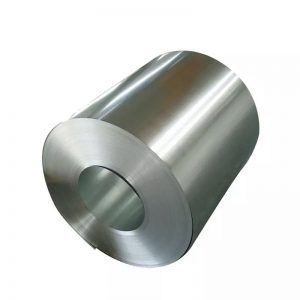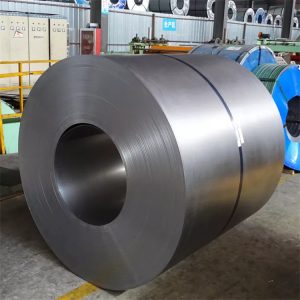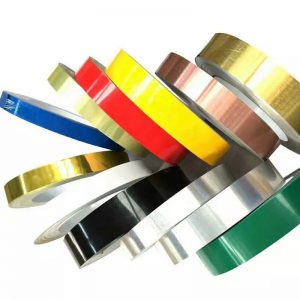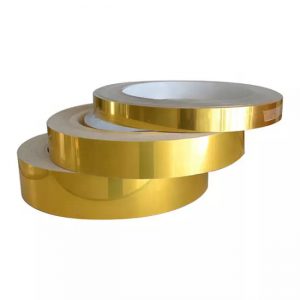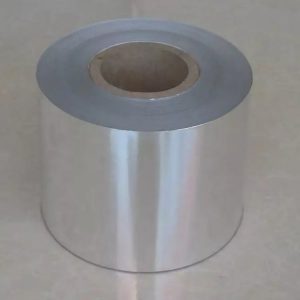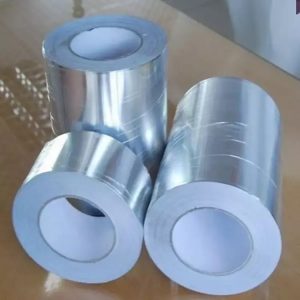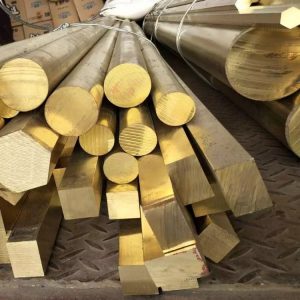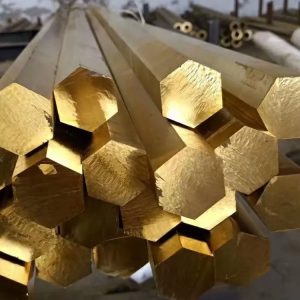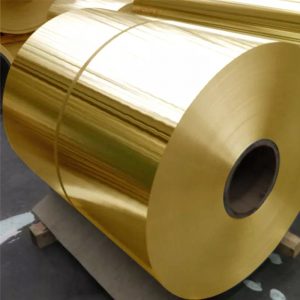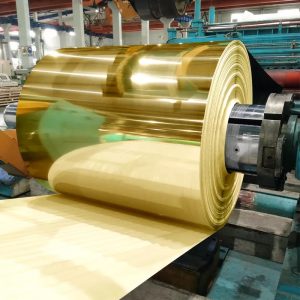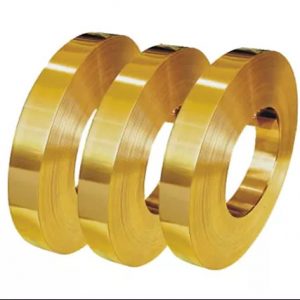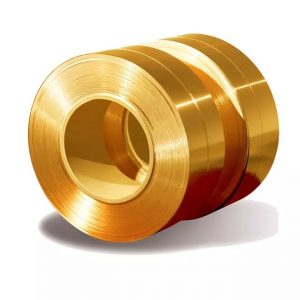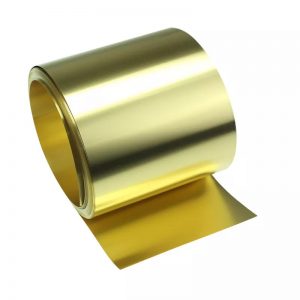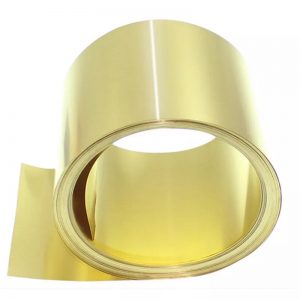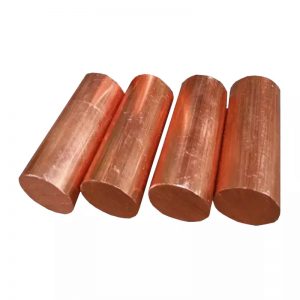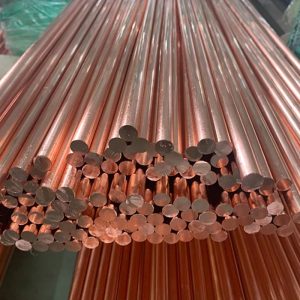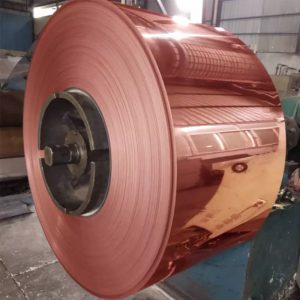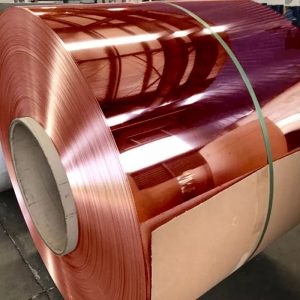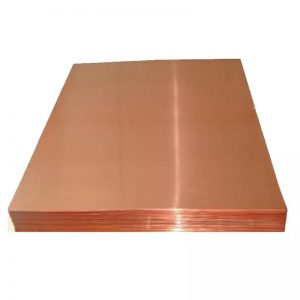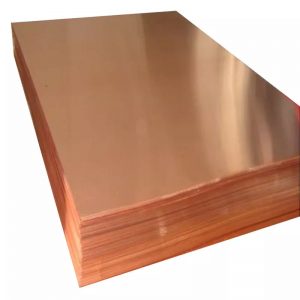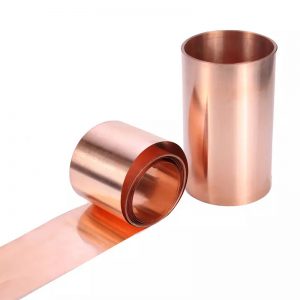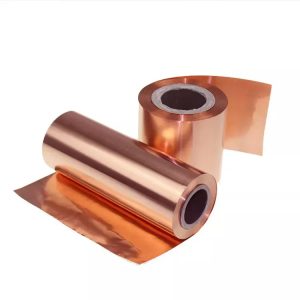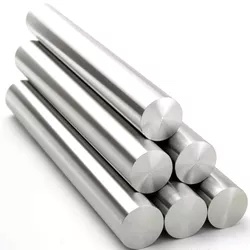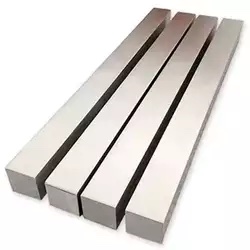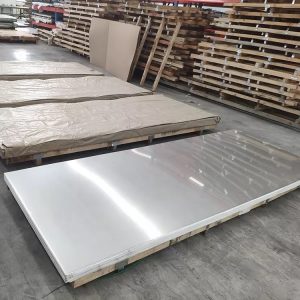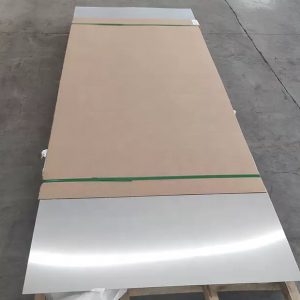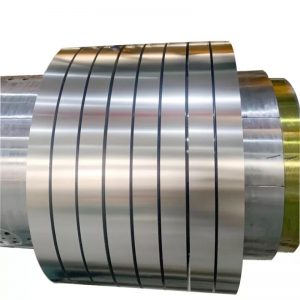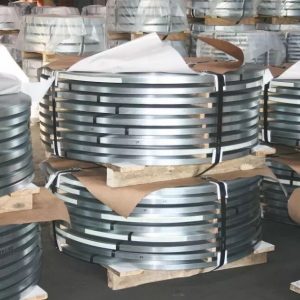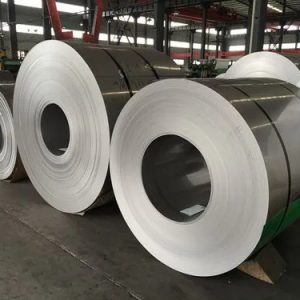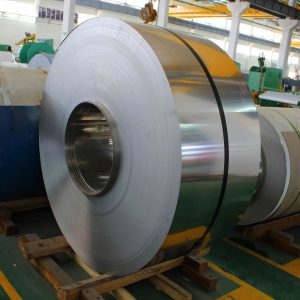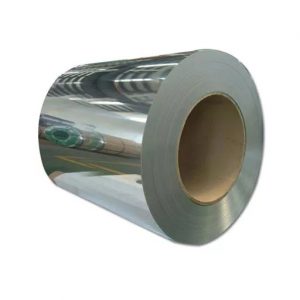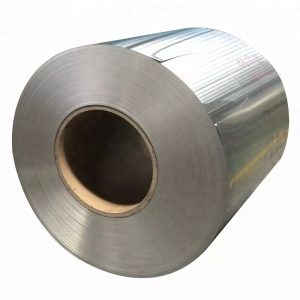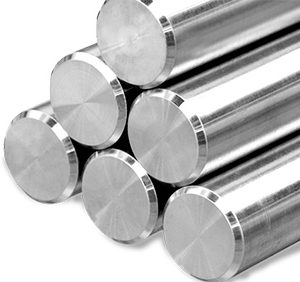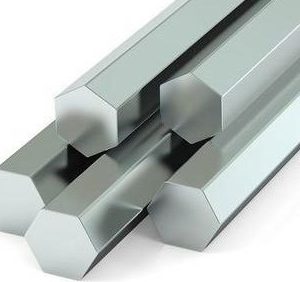-
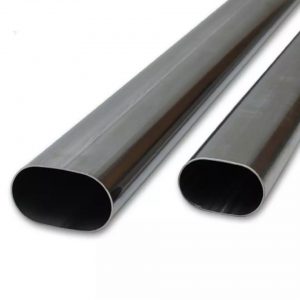
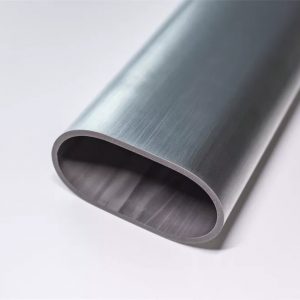 Læs MereHurtigt overblik
Læs MereHurtigt overblikRustfrit ovalt rør
På grund af deres tilbøjelighed til at have ekstremt høj duktilitet, rustfrit stål foretrækkes. Enhver oval rør i rustfrit stål duktilitet afhænger af dens mikrostruktur, som er et produkt af metallets legeringssammensætning. Overvej en legeringskvalitet som 316 Rustfrit stål ovalt rør som et eksempel. Melets mikrostruktur indeholder en austenitkrystal. Nikkel er en bestanddel af austenits legering, hvilket bidrager til dets dannelse og stabilitet.
Austenit har en ansigtscenter kubisk mikrostruktur, også kendt som en FCC, hvilket gør legeringen af Fladt ovalt rustfrit stålrør duktilt på grund af de tætpakkede atomer. På grund af deres duktilitet, Austenitisk rustfrit stål kan formes i forskellige former, fra simpel firkant, rektangulær, og runde former til mere indviklede som Fladsidet ovalt rustfrit stålrør. Ud over at blive produceret i forskellige former, ovale rør i rustfrit stål kan have variable diametre, vægtykkelser, og omkredse.
Brugen af et ovalt rør har en række fordele for brugerne. For eksempel, elliptiske ovale rør i rustfrit stålhar en stærkere konstruktion og, på trods af at være duktilt, er sværere at fordreje. Desuden, på grund af sit ekstremt kompakte design, størstedelen af Leverandører af ovale rør i rustfrit stål rådgive om at bruge disse rør i applikationer, hvor der er problemer med ledig plads, eller hvor kompakte komponenter er påkrævet.
-
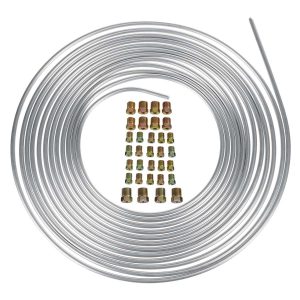
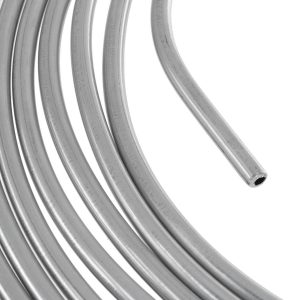 Læs MereHurtigt overblik
Læs MereHurtigt overblikStål zink bremseledning brændstofrør sæt
-
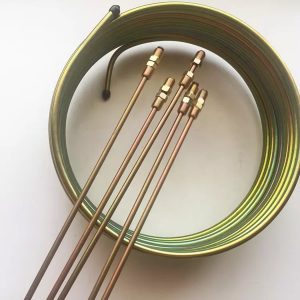
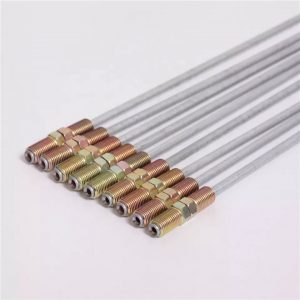 Læs MereHurtigt overblik
Læs MereHurtigt overblikLige bremselinje
-
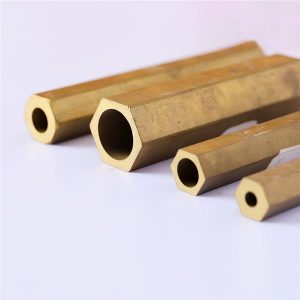
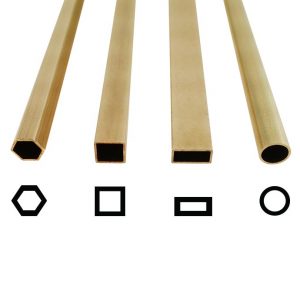 Læs MereHurtigt overblik
Læs MereHurtigt overblikFormede messingrør
Messinglegeringer, eller messingblæsere, er legeringer af kobber og zink. Fås i flere varianter, Messing bruges almindeligvis til at lave musikinstrumenter, Ventiler, Tarme, Doorknobs, Elektriske funktioner, og andet tilbehør. Hos Interstate Metal Inc, Vi har en række messingrør i vores lager, herunder varer fremstillet af C26000, C26800, C27200 og C33000;osv
Ud over ark, Plader, og barer, messing fås også i rørform. Messingrør findes i forskellige længder, vægtykkelser, og diametre, der passer til behovene i forskellige applikationer, såsom indretning og andre metalfremstillingsprojekter.
Afhængigt af legeringen, messing består typisk af ca. 65% kobber og 35% zink, hvilket resulterer i et materiale, der tilbyder forskellige gavnlige egenskaber, herunder korrosionsbestandighed, Sejhed, hårdhed, formbarhed, og meget mere. Dog, Det er vigtigt at bemærke, at jo højere zinkindholdet er, jo lavere korrosionsbestandighed. På grund af dette, Det er vigtigt at overveje miljøet i netop din applikation, når du vælger det bedste messingrørmateriale.
-
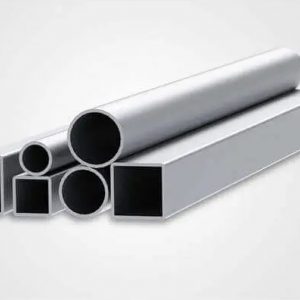
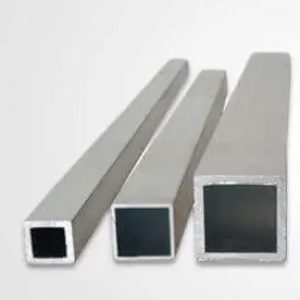 Læs MereHurtigt overblik
Læs MereHurtigt overblikEkstruderet aluminiumsrør
Hvad jeg er sikker på er, at på et tidspunkt, du burde have set eller stødt på netop dette materiale, hvad enten det er bevidst eller ubevidst.
Brønd, Et ekstruderet aluminiumsrør refererer primært til den type aluminiumsprofil, der er fremstillet af ekstruderingsproces for at producere den ønskede sektionsform og størrelse.
Med andre enkle ord, Det refererer til et aluminiumsrør dannet ved at tvinge det til at strømme gennem en rørformet åbningsmatrice.
Og i slutningen af processen, det fremstår som et langstrakt stykke med en lignende profil som matriceåbningen.
I mange tilfælde, Du vil opdage, at mange producenter har en tendens til at producere forskellige typer ekstruderede aluminiumsrør.
Selvfølgelig, Essensen, i dette tilfælde, er til at sikre, at de passer til hver applikation.
Men vi vil se på dette aspekt senere i denne vejledning., Så rolig!
I mellemtiden, Lad os finde ud af nogle af de vigtigste egenskaber, der gør ekstruderet aluminiumsrør til et af de bedste materialer til forskellige applikationer.
-
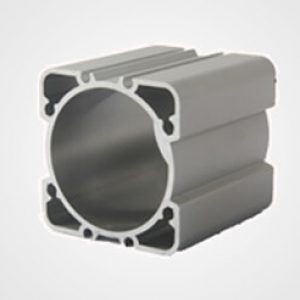
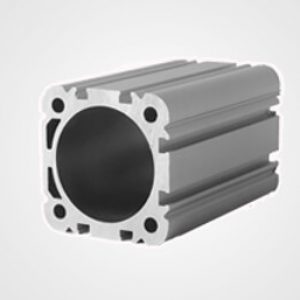 Læs MereHurtigt overblik
Læs MereHurtigt overblikLuftcylinder rør
Den almindelige legering Nej. af luftcylinderrør er 6063 og 6061. De er begge gode i formbarhed, svejsbarhed, og korrosionsbestandighed sammen med fremragende udseende.
Grand også i stand til at ekstrudere andre legeringer ingen. til luftcylinderrør, for eksempel, 7000 serie, 5000 serie, 3000 serie, 2000 serie, og 1000 serie, Kontakt vores ekspertingeniører for at få mere info om denne ekstraordinære aluminiumslegering Nej.
-
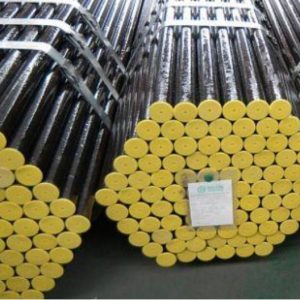 Læs MereHurtigt overblik
Læs MereHurtigt overblikAPI5L/A106B Seamless Steel Tubes
+86-139-158-49649
|
sales@grandsteeltube.com
- Hjem
- Produkter
Produkter
© Ophavsret 2009 Præcisionsrør,Hydrauliske rør,Kobberrør,Caplliary stålrør,Rustfri rør,Titanium rør,Aluminium rør,Messing rør,Bundy stålrør. Alle rettigheder forbeholdes.

